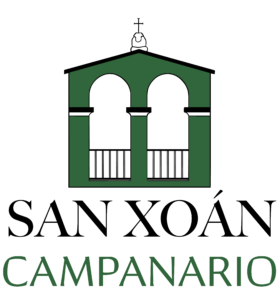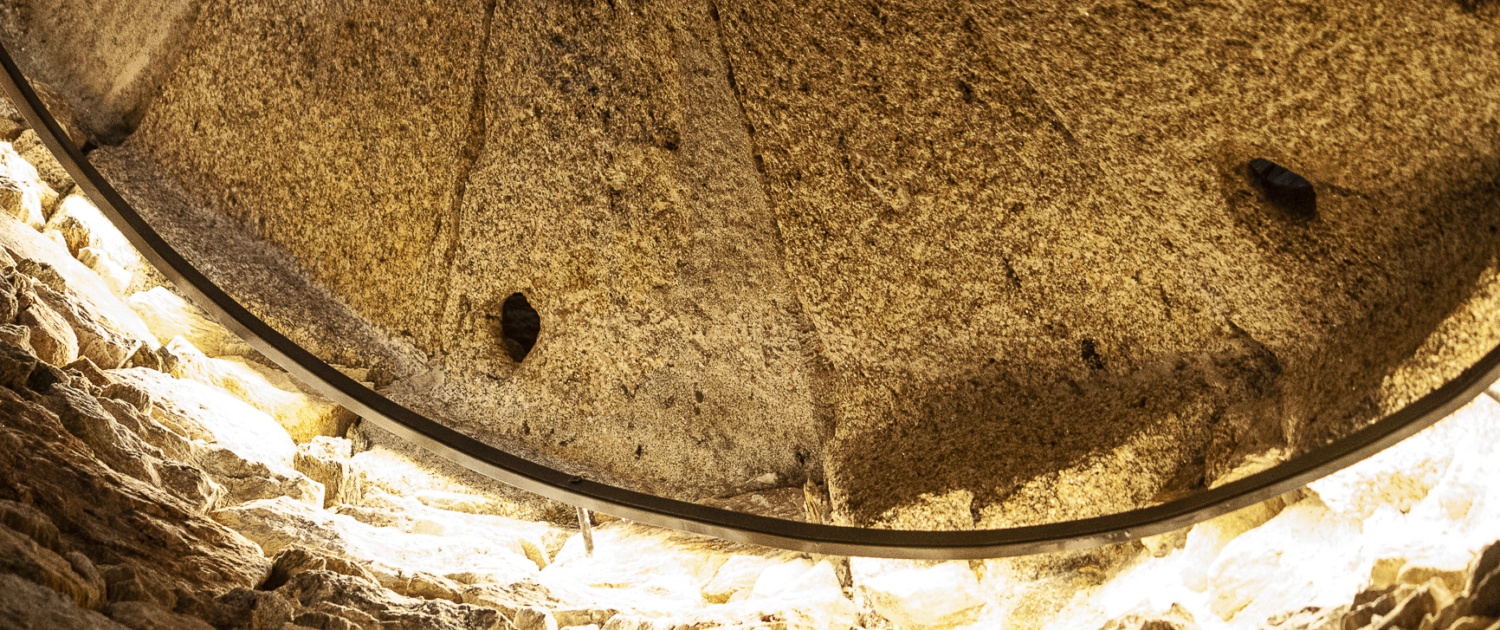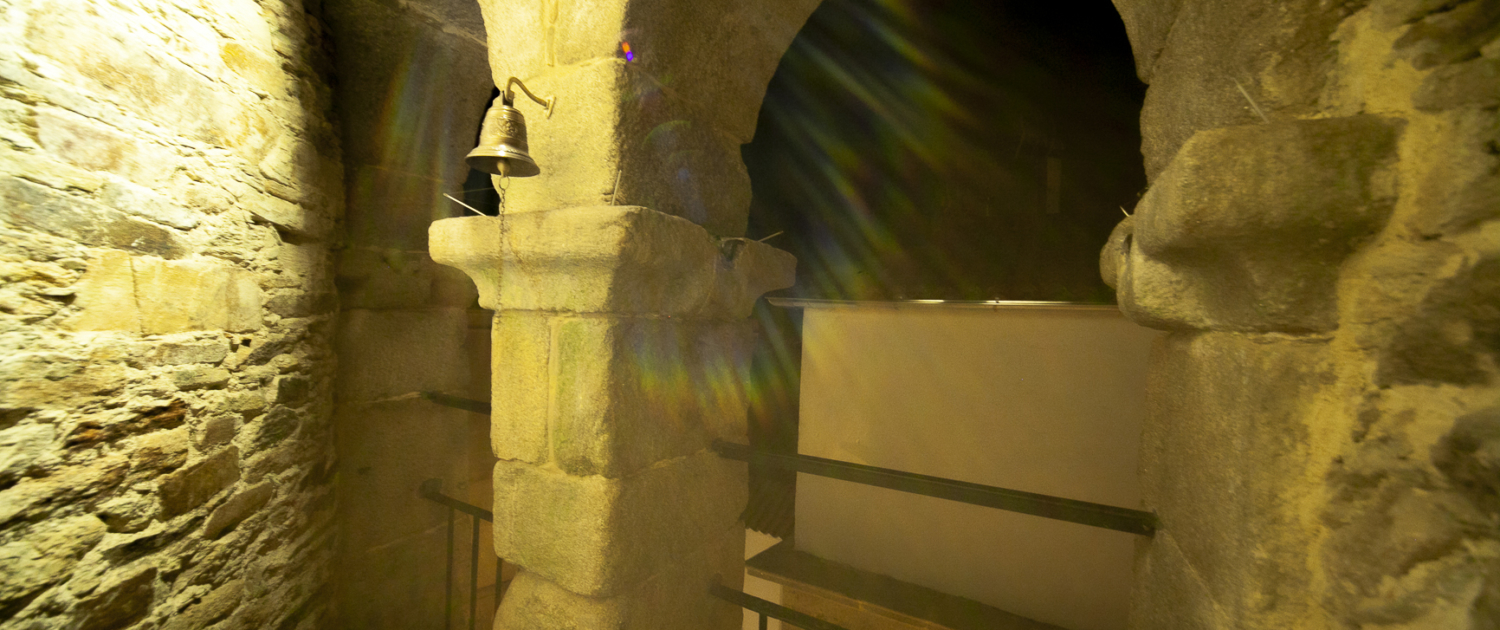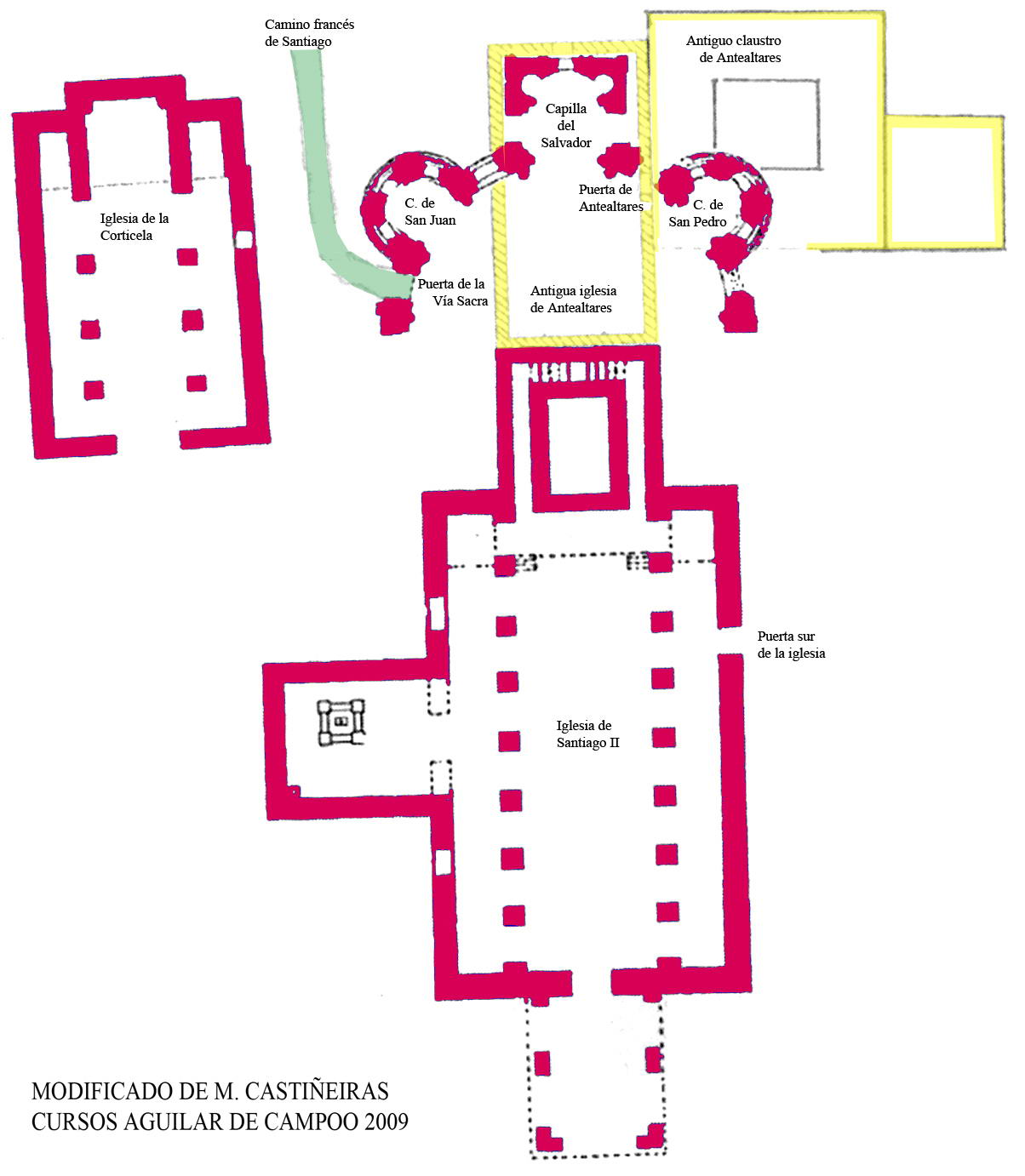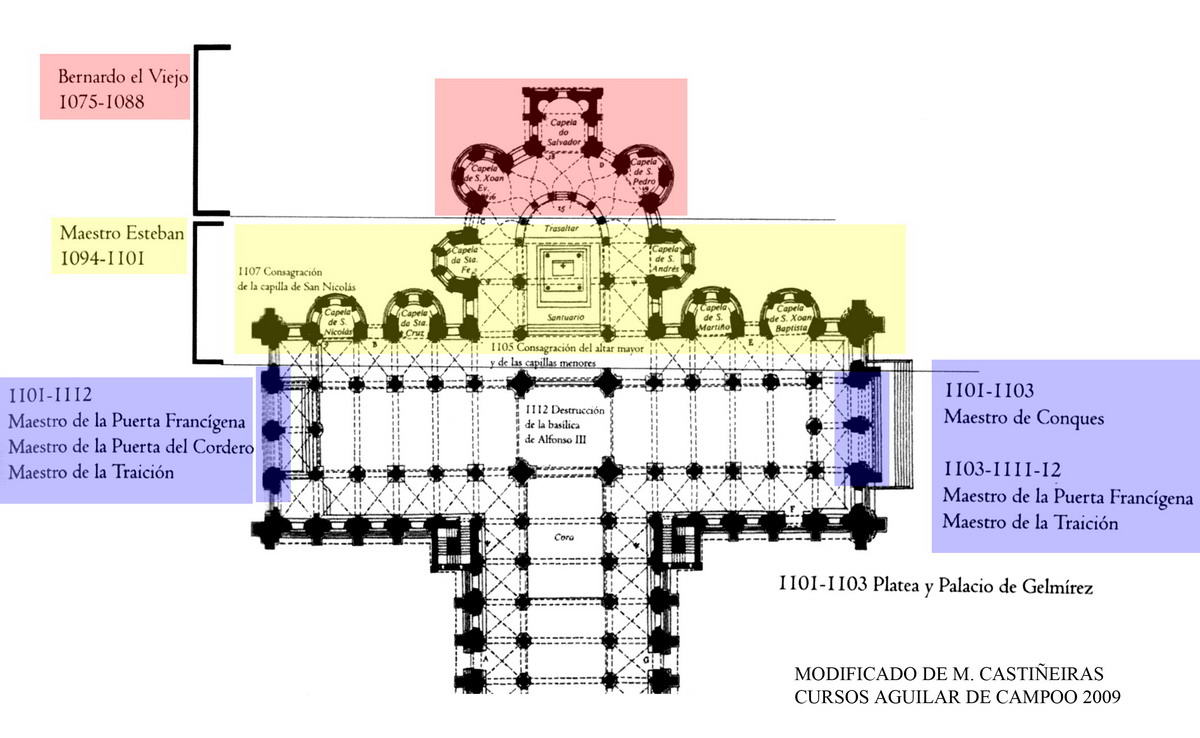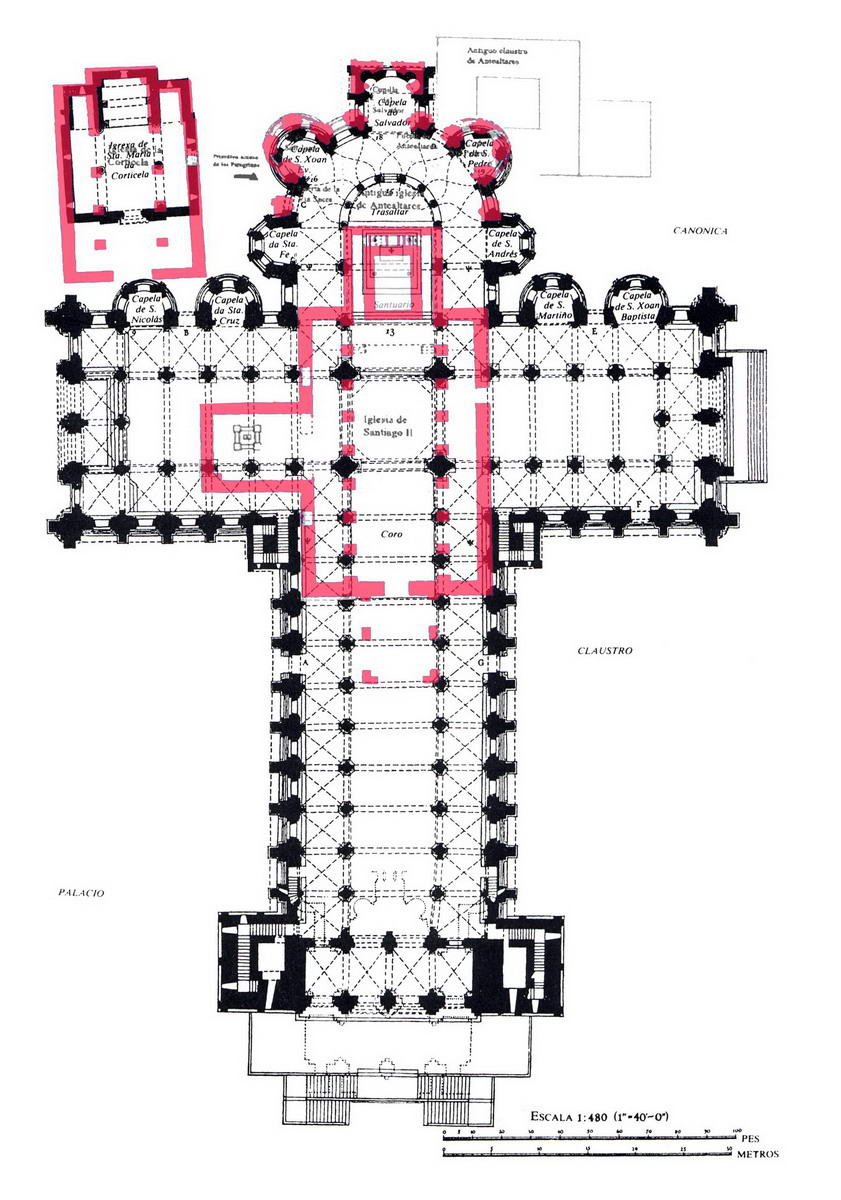San Xoán Parish church history
Saint John the apostle and evangelist
John the Apostle is one of the most prominent disciples of Jesus of Nazareth, a native of Galilee, brother of the Apostle James the Greater and son of Zebedee and Mary Salome. Like other apostles, he was a fisherman on the Sea of Galilee, where his family had a farm focused on fishing, and had a certain social rank. The brothers Santiago and Juan must have had a training superior to the average of Jewish life.
It is thus understood that James, along with John and Peter, is one of the three favorite apostles of Christ, as revealed by his presence at key moments in the New Testament. The Catholic, Orthodox and Anglican Church, among others, celebrate it on different holidays.
Many authors have identified him with the disciple whom Jesus loved, who cared for Mary, mother of Jesus.
The eagle is probably Juan’s best known attribute.
